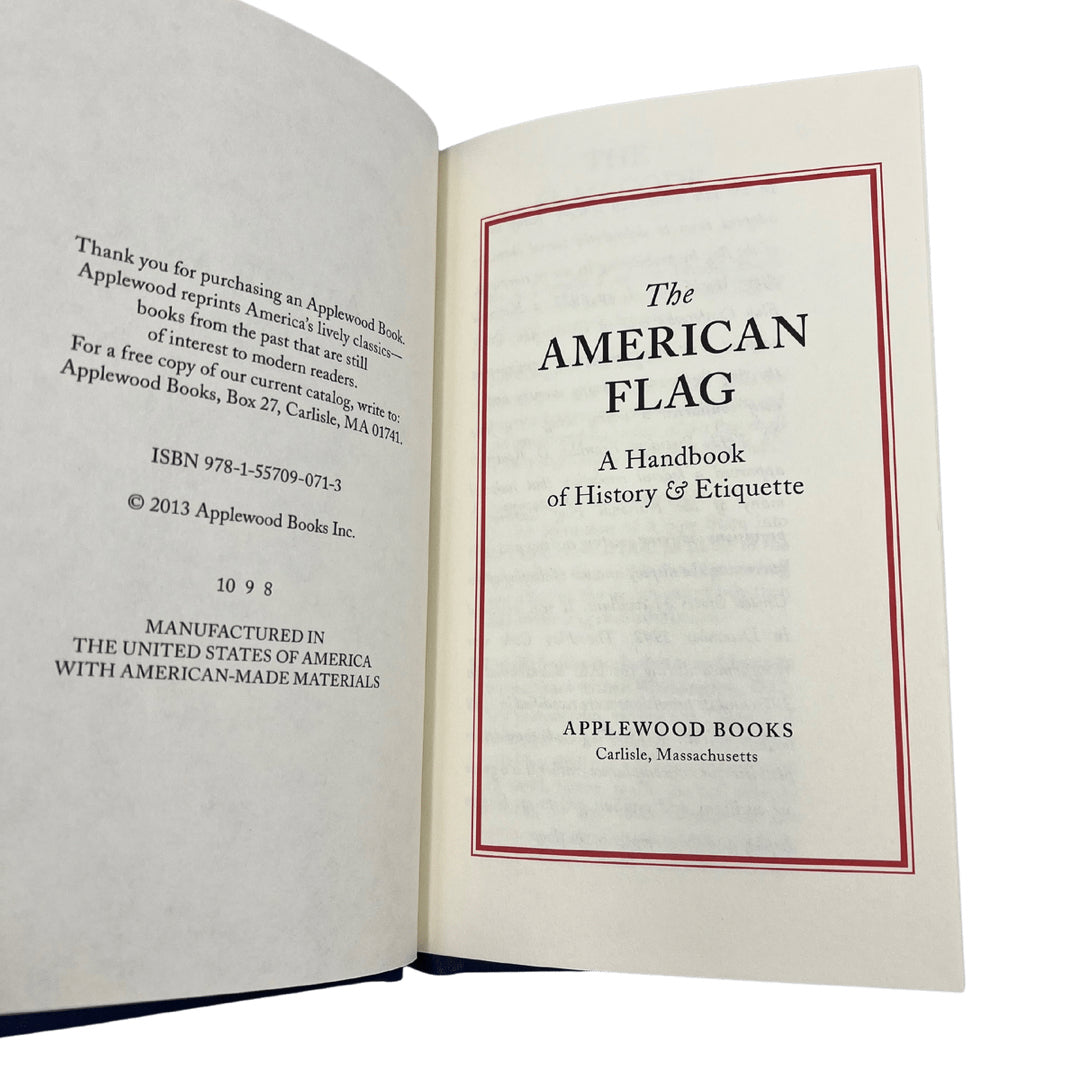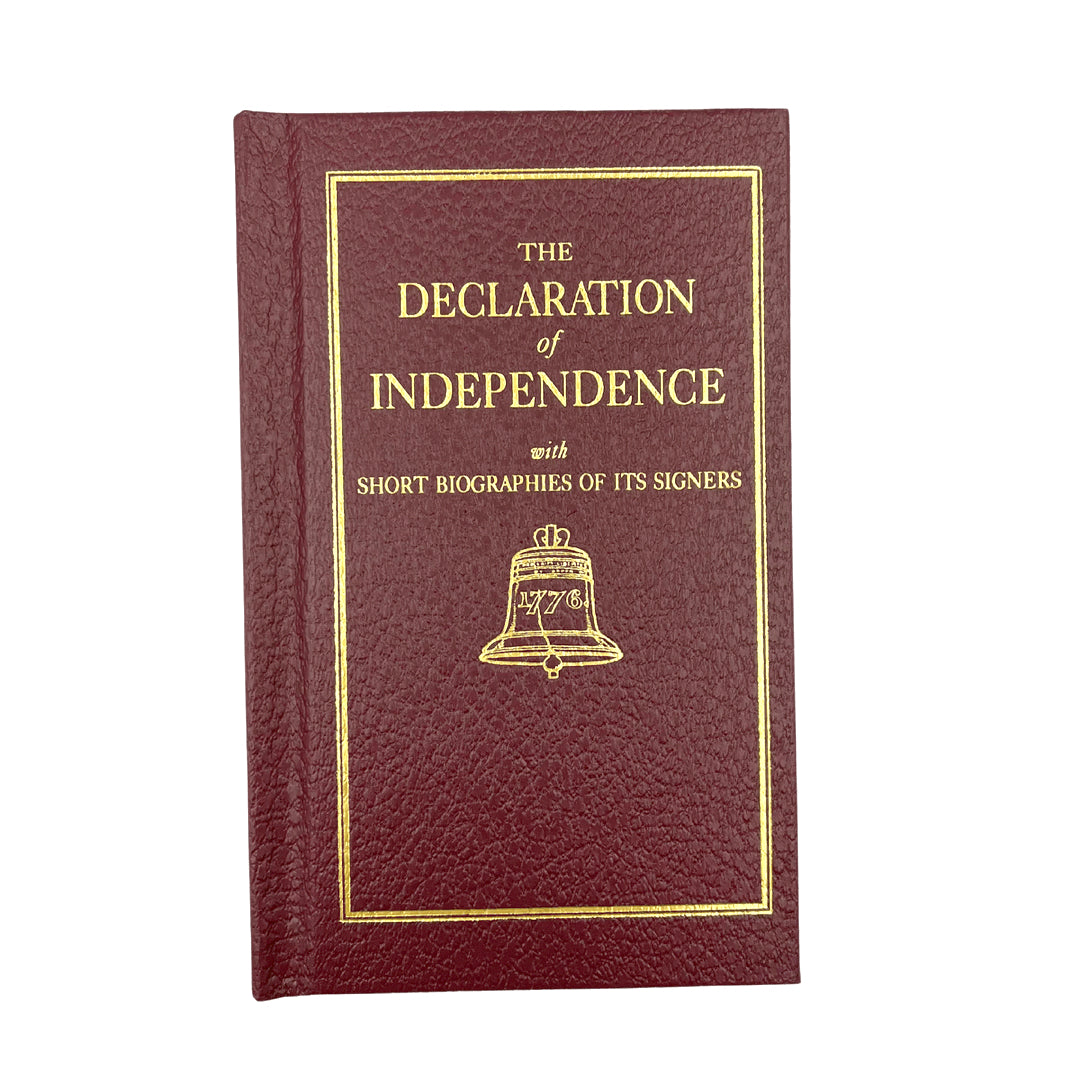Moby-Dick by Herman Melville, First Trade Edition Thus Illustrated by Rockwell Kent, 1930
$4,950.00 $5,950.00
Melville, Herman. Moby-Dick. New York: Random House, 1930. Illustrated by Rockwell Kent. First Trade Edition with Kent Illustrations. Rebound in full leather. Housed in a matching custom archival slipcase.
Presented is a first trade edition of Moby-Dick by Herman Melville. First published in 1851, the book was issued again by Lakeside Press in 1930 in a three-volume edition, the first to feature Rockwell Kent's beautiful illustrations, and limited to only 1000 copies. The limited edition quickly sold out and was followed by an equally popular one-volume trade edition, published later that year by Random House and again printed by Lakeside Press. This trade edition combined the three-volume set into one volume and helped establish Moby-Dick as an American Classic. This book featured here is a first trade edition and has been professionally rebound in black leather boards with silver embossed stamps decorating the cover and spine, inspired by the original Kent’s illustrations. It is housed in a protective, archival slipcase designed to match the book’s binding.
When Moby-Dick was first published in 1851, the book was comparably unsuccessful. Fewer than 4,000 copies were sold and the timeless tale was overlooked. However, once the illustrated limited and trade editions were published in 1930 the public finally gave the novel its due. By the mid-20th century, Melville’s novel was recognized as one of the most important works in American Literature.
The intricate and dramatic tale is based on a considerable amount of Melville’s research. The author spent a substantial amount of time on the whaling vessel, Acushnet, and acquired first-hand whaling experience on the ship. The historical ship, Essex, that was attacked by a sperm whale in 1820 was a massive inspiration for much of Melville’s plot. Even the memorable name of the monstrous whale is derived from a historically aggressive whale off the coast of Chile named Mocha Dick. While well-researched, the novel was still not ready to publish until after Melville met Nathaniel Hawthorne, to whom he dedicated the book. The other author inspired Melville to rewrite his book, making the plot significantly more complex. The dark romantic novel eventually received the positive reception from readers nearly a century after it was published and is considered one of the greatest novels in American history.
When Lakeside Press decided to launch their "Four American Books" campaign, they reached out to painter and illustrator Rockwell Kent. Lakeside Press asked Kent to design an illustrated edition of Richard Henry Dana Jr.’s Two Years Before the Mast, but it was Kent himself who suggested Moby-Dick instead. Kent wrote to William A. Kittredge, Lakeside’s then-Director of Design and Typography, that he considered "Moby-Dick….. a most solemn, mystic work," and that the "whole book is a work that should be read slowly, reflectively." He wanted his illustrations to epitomise the mood of the book. Kent’s first submissions in 1927 delighted the publishers at Lakeside. Kittredge wrote to Kent in response, "Your genius as a thinker, painter, and draughtsman was never more successfully demonstrated." Kent continued to work on the book's illustrations for the next three years, alongside various other activities and expeditions, and finally completed the illustrations in Denmark in 1929.
As John Lewis writes, "There is a mystic streak that runs through [Kent's] work, enabling him, if not to match Melville’s magnificent prose, at least to give some pictorial substance to this allegory. Maybe no sperm whale ever reached to the stars……Melville makes one feel it could and Kent has recaptured the mood." (John Lewis, The 20th Century Book, 1984).
CONDITION:
Overall very good condition. The 1930 book has been rebound in full leather with silver embossed pictorial front cover with one of Kent's illustrations, silver titles, stamps, and raised bands to the spine. The pages are edged in silver. Internally, the pages are clean, bright, and without loss or tears. The book is housed in a protective custom archival slipcase designed to match the attractive cover of the novel. Dimensions: 8” H x 6” W x 2 ½” D (with slipcase).
Share:
Related Items
Antiques
American-Made Goods
News & Updates
Sign up to get the latest on sales, new releases and more …
© 2024 The Great Republic. All Right Reserved.















